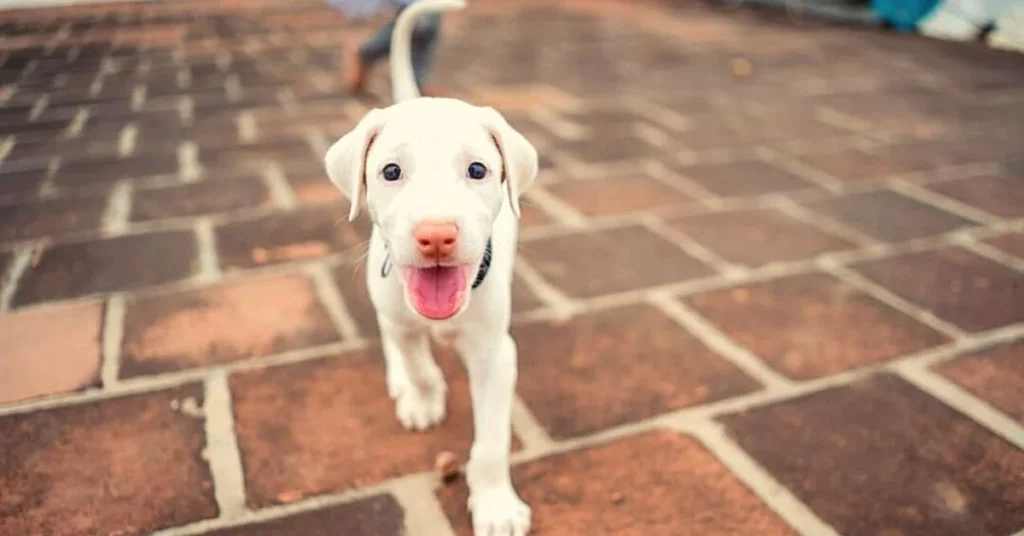Durable and well-suited to India’s climate, these native dogs are low-maintenance, unlike exotic breeds.
In a world where dogs effortlessly weave their way into our hearts, transcending shapes, sizes, and breeds, there’s a captivating magic that unfolds within seconds. Fueled by love and adorned with innocent eyes and a playful spirit, the connection between humans and these four-legged companions is nothing short of enchanting—etched into the very fabric of our oldest stories in India.
Yet, amidst this tapestry of canine companionship, a curious trend has emerged in the modern era—a mysterious allure for foreign breeds, overshadowing the rich tapestry of our own indigenous dog varieties.
Rajeev Kumar, a pet enthusiast and co-founder of the pet startup PetYo, sheds light on this paradox: “Indian dogs are often unfairly lumped together as indies or strays, overlooking their unique potential and beauty. Dogs are chosen for show rather than genuine affection.”
Through PetYo, Rajeev embarks on a mission to illuminate the diverse tapestry of Indian dog breeds, emphasizing that they rival foreign counterparts in both capability and charm.
A recent twist in this tale unfolded during Prime Minister Narendra Modi’s monthly Mann ki Baat radio address, where he championed the cause of Indian breeds, urging citizens to consider them as pets. From the elegance of Mudhol hounds to the spirited Rajapalayam, the sleek Kanni, the swift Chippiparai, and the resilient Combai, he painted a vivid picture of breeds that not only excel but are also budget-friendly and perfectly attuned to the Indian milieu.
Yet, despite this presidential nod, a shroud of ignorance continues to cast a shadow over these indigenous breeds, resulting in a decline in both adoption and breeding. Kamanan Yadhav, a licensed breeder in Chennai, laments the plight of pedigree Indian dogs, left abandoned due to limited awareness.
In this narrative, Krishnan Ramanan, a fourth-generation custodian of Delkrisline kennels, sees hope. He believes that the spotlight generated by social media and PM Modi’s endorsement can reverse the fate of these breeds, breathing new life into their existence.
To catalyze this change, here’s an intriguing list of lesser-known Indian breeds—a unique and fascinating spectrum to consider when choosing your next four-legged companion.
Rajapalayam

Hailing from the cultural tapestry of South India, particularly Tamil Nadu, the majestic Rajapalayam breed draws its name from the city of Rajapalayam in the Virudhunagar district. Historically revered as guardians of palaces and warriors in their own right, these royal dogs were integral in both safeguarding palaces and actively participating in historic conflicts.
Characterized by a lean, muscular physique and adorned with a sleek white coat, Rajapalayams served as hound dogs, earning distinction for their roles in the Polygar and Carnatic wars against the East India Company from 1799 to 1805. Their valor on the battlefield led to the moniker “Polygar hounds,” marking a chapter in history where these canine companions stood side by side with soldiers in the face of adversity.
Bakarwal

Rooted in antiquity, the Bakarwal dogs, an ancient breed of working canines, have been an integral presence across the Pir Panjal range in the Himalayas. Historically, they were domesticated by the nomadic Bakarwal and Gujjar tribes, serving as steadfast guardians for livestock. Today, their role has expanded, with these majestic dogs being trained for law enforcement purposes, evolving into adept militant dogs.
With a robust and sturdy build, coupled with a luxuriously fluffy coat, Bakarwal dogs exude a majestic aura. Excelling in colder regions of India, these canine companions stand as a testament to their historical roots and adaptive capabilities.
Bully Kutta
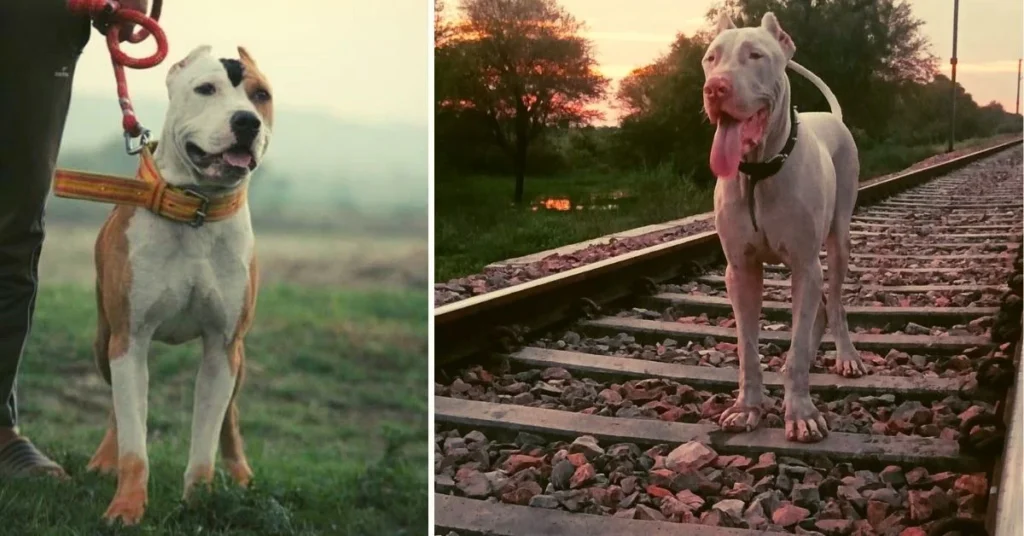
Known as the Indian Mastiff, this breed of robust working dogs traces its origins back to the 16th century in the rich tapestry of the Indian subcontinent. Possessing a muscular build reminiscent of a bulldog, these canines are adeptly trained for the dual roles of hunting and patrol duties, making them a common sight in the landscapes of Punjab, Haryana, and Delhi.
Steeped in history, the Indian Mastiff has been a favored companion among the royals, finding a place even in the courts of Thanjavur. Intriguing anecdotes add another layer to their legacy, with reports suggesting that the Mughal emperor Akbar once shared the hunting grounds with a distinguished Bully Kutta, highlighting the enduring partnership between humans and these formidable dogs.
Mudhol Hound

Thriving in the realms of Karnataka and Maharashtra, the Mudhol Hound gracefully commands attention with its elegant gait and sharp, muscular physique. Tracing its origins to the erstwhile princely state of Mudhon, once part of the Bombay Presidency in British India, this regal breed is rumored to have been meticulously bred by the 17th-century Maratha king, Chhatrapati Shivaji, specifically for deployment in his army.
Derived from a lineage of the Caravan Hound, these slender and sleek hunting dogs gained international recognition when King Malojirao Ghorpade of Mudhol presented them to King George V of England. During his visit to the United Kingdom, the English King bestowed upon them the distinguished title of the ‘Hounds of Mudhol,’ immortalizing their legacy in both Indian and English history.
Chippiparai and Kanni
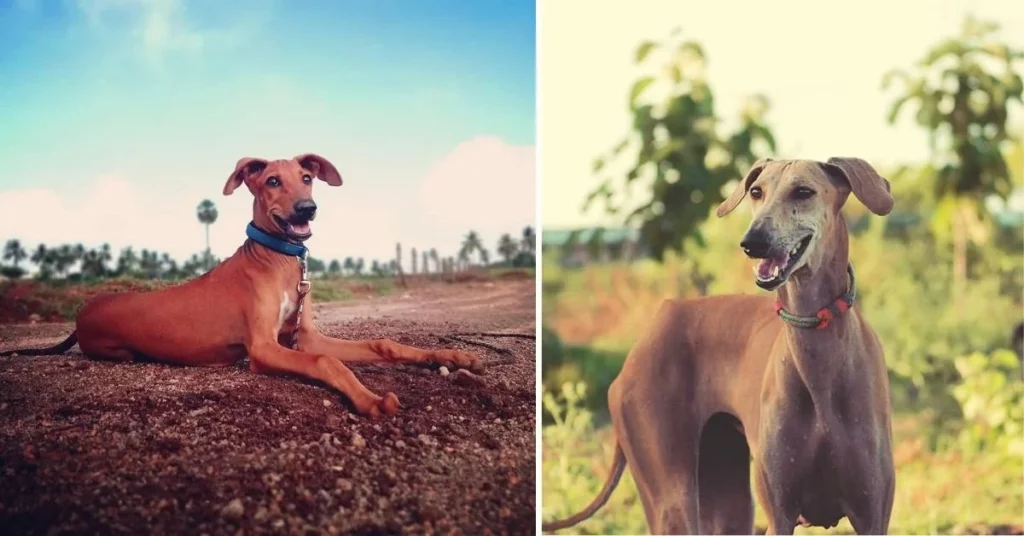
In the realm of sighthounds, the Chippiparai, also known as Kanni (meaning pure), stands as a distinguished breed hailing from Tamil Nadu. Revered for its unwavering loyalty and formidable hunting skills, this breed has adapted to a new role as guard dogs since the enactment of the Wildlife Protection Act of 1972.
Much like their counterparts, the Mudhol and Rajapalayam, these greyhound lookalikes share a regal lineage, having been bred by the royal families of Tirunelveli and Madurai in the Chippiparai region of the Virudhunagar district in Tamil Nadu. In the tapestry of Indian history, these dogs bear the imprint of a noble heritage, transitioning from their traditional hunting roles to become stalwart guardians in the modern era.
Gaddi Kutta

In the lofty domains of the western Himalayas, Gaddi Kutta dogs, also affectionately known as Himachali hounds or mastiffs, emerge as majestic guardians, their large forms enveloped in luxuriously fluffy coats. Originating from the rugged landscapes of Himachal Pradesh and Uttarakhand, these canine sentinels, initially honed for hunting prowess, have seamlessly transformed into stalwart protectors, finding a purpose among the Gaddis—an indigenous South Asian tribe of shepherds.
Bearing a mantle of resilience, the Gaddi Kutta boasts a heavy-built stature and a voluminous fur coat, not merely surviving but thriving amidst the extremes of the Himalayan climate.
Their formidable size and robust physique render them not only impervious to the elements but also formidable defenders against wild adversaries. As guardians of livestock, they stand sentinel, their presence a deterrent, deflecting the challenges posed by the untamed wilderness and ensuring the safety of their charges in the picturesque yet perilous landscapes they proudly call home.
Combai
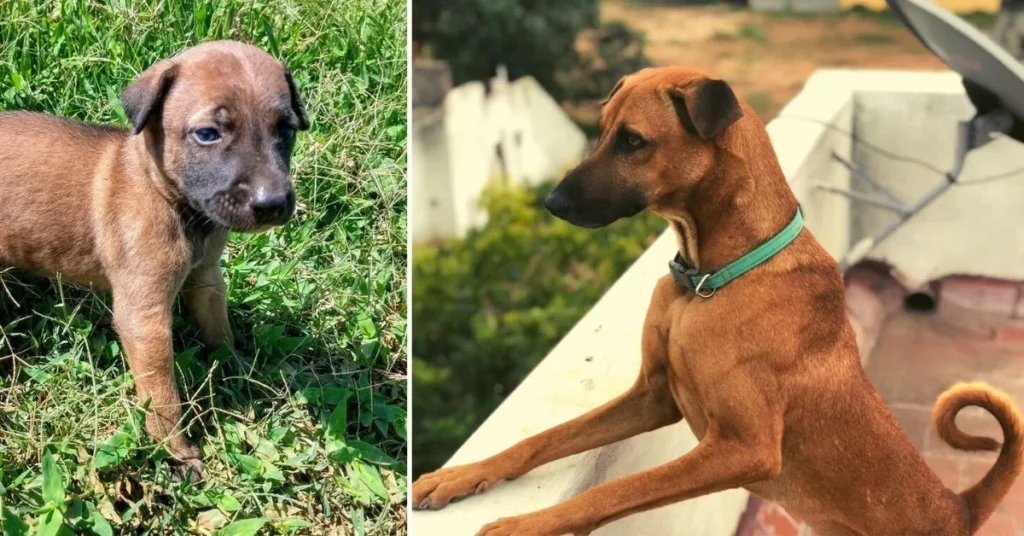
Emerging from the picturesque hills of the Western Ghats, Combai dogs are beacons of perseverance and loyalty. Despite facing the perilous edge of extinction due to a lack of awareness and demand for domestication, these intelligent, sharp, and powerful canines stand as a testament to resilience, akin to their counterparts like the Rajapalayam and other rare breeds.
Cloaked in a tan-colored coat, Combai dogs possess an inherent blend of energy, fierceness, and friendliness. Excelling in the role of guard dogs, they showcase a dynamic temperament. Much like their historical counterparts, Combais were once employed for boar hunting and served as guardians, adding a layer of historic significance to their existence.
In a recent chapter, the CRPF recognized the unique attributes of Combai dogs, enlisting them into service at their Dog Breeding and Training School. This contemporary role not only showcases their adaptability but also offers a ray of hope for the preservation of this rare and remarkable breed.
Kumaon Mastiff
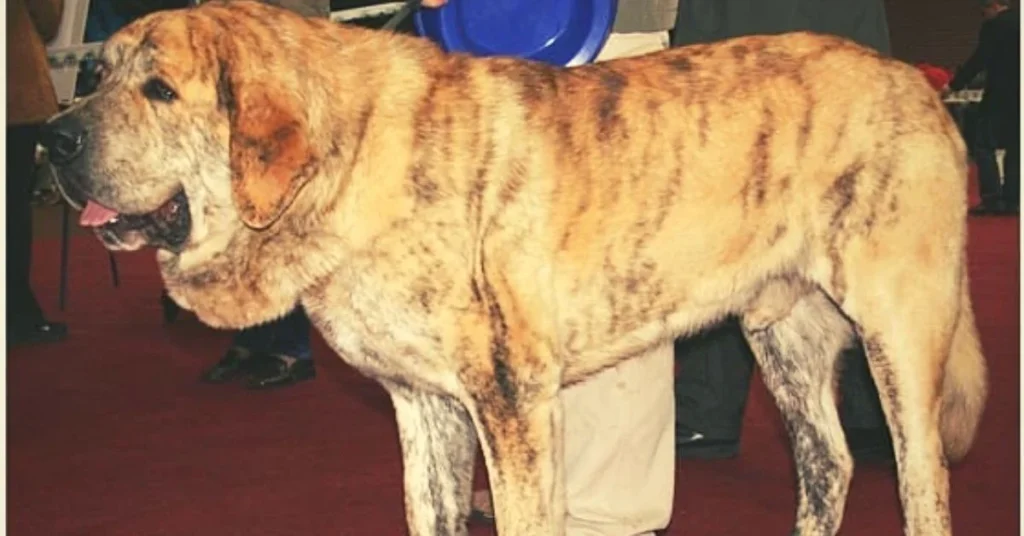
Regarded as one of India’s most formidable home guardians, the Kumaon Mastiff, hailing from the rugged terrains of Uttarakhand, boasts a reputation for its fierceness and power. Originating as steadfast protectors of villagers’ livestock in the hilly expanses of Kumaon, this breed finds itself teetering on the brink of extinction, with only a few hundred individuals persevering in existence today.
Marked by a muscular physique, short and soft coat, and a robust neck, the Kumaon Mastiff presents a striking resemblance to the stature of ancient Great Danes. Their imposing appearance mirrors their historical role as guardians, embodying a heritage that, though endangered, continues to stand as a testament to their unwavering loyalty and protective prowess.
Vikhan Sheepdog
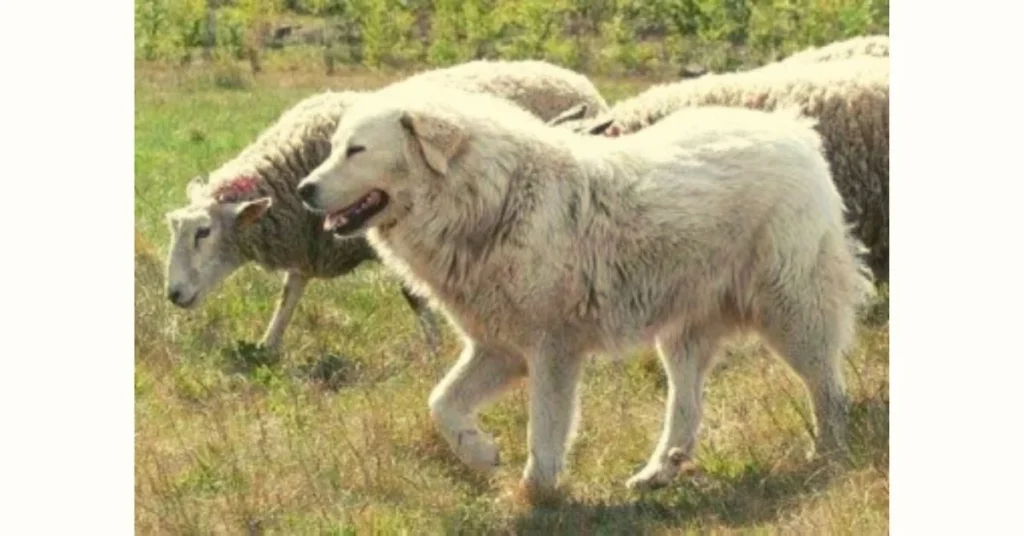
Hailing from the picturesque landscapes of Himachal Pradesh, Vikhan dogs emerge as a rare short-fur breed, specially bred for the noble task of guarding livestock. Revered for their fearless and courageous nature, these canines showcase remarkable speed, often mentioned to rival the swiftness of leopards.
While their primary role lies in safeguarding, Vikhan dogs captivate with their luxuriant coats, drawing comparisons to the regal Giant Rough Collies from Scotland. In this synthesis of rugged utility and aesthetic grace, the Vikhan breed stands as a distinctive and cherished presence, embodying the essence of both form and function in the realm of canine guardianship.
Pandikona
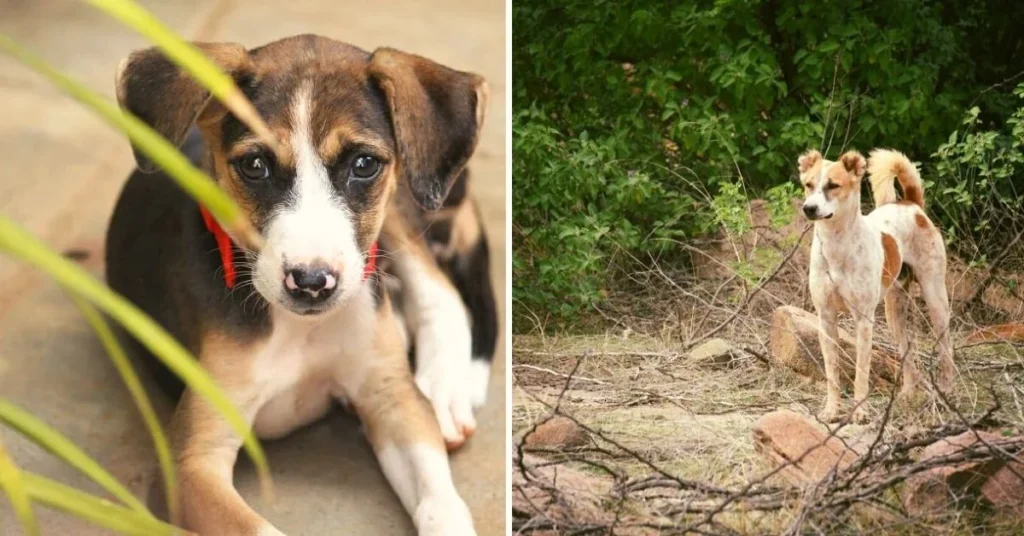
In the vibrant tapestry of Andhra Pradesh, the Pandikona, an ancient hunting virtuoso, emerges from the picturesque Pattikonda taluk in the Kurnool district. Tailored for resilience in harsh climates, this medium-sized hound earned its keep in the folds of shepherd families, assuming the mantle of a vigilant guard dog.
Celebrated for a distinctive blend of protective instincts and keen intelligence, Pandikona dogs are not just courageous but also remarkably friendly, weaving a tapestry of traits that positions them as stellar watchdogs. In an era where the dwindling numbers of such breeds cast shadows on their existence, enter passionate guardians like Krishnan Ramanan. For Ramanan, this is not a business venture; it’s a deeply rooted passion. He, along with like-minded conservationists, strives to defy the obliviousness surrounding these remarkable breeds.
Reflecting on this commitment, Ramanan shares, “For us, this is not a business; it is our passion. We love dogs and hate to see these breeds being denied happy homes or human companions because of a lack of awareness. But things have started to change since 2015, especially in South India, owing to the debate that roused around the Jallikattu controversy. More dog lovers are now looking to adopt or buy native breeds and are willing to educate themselves more. It is a dream for people like us who have dedicated their lives to the conservation of these breeds.” In this narrative, a symphony of dedication, awareness, and evolving perspectives unfolds, promising a brighter future for these unique companions.
